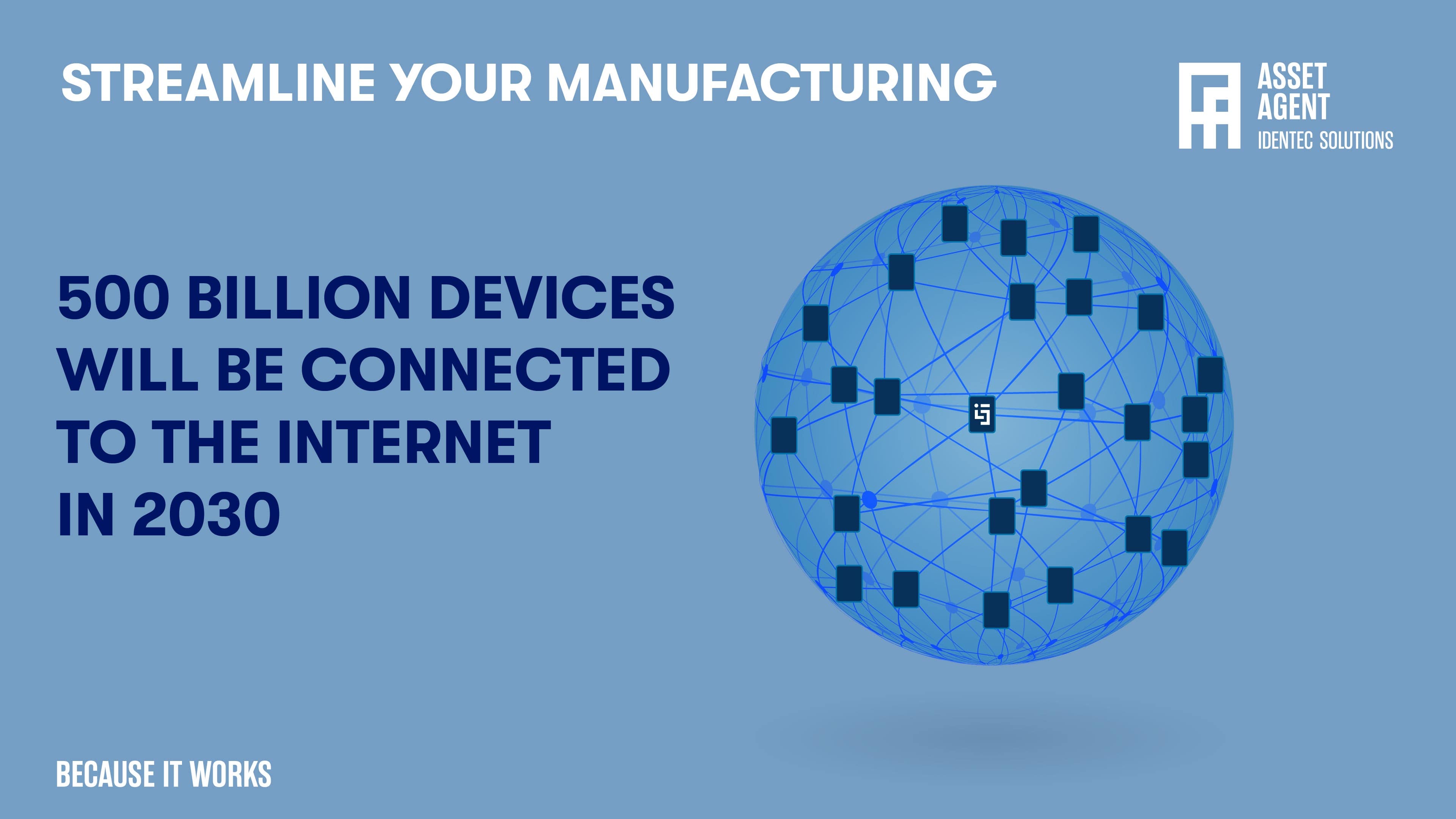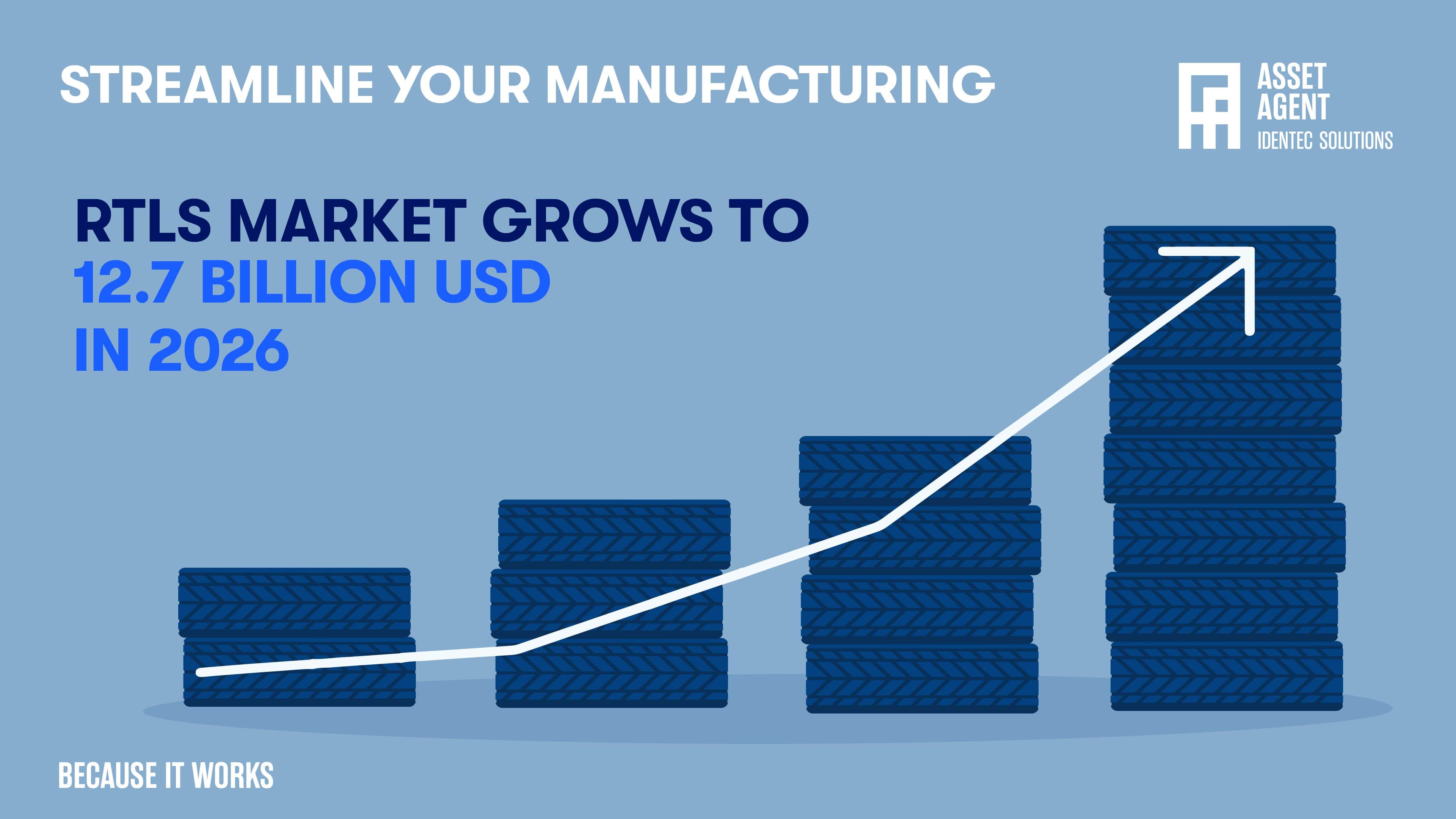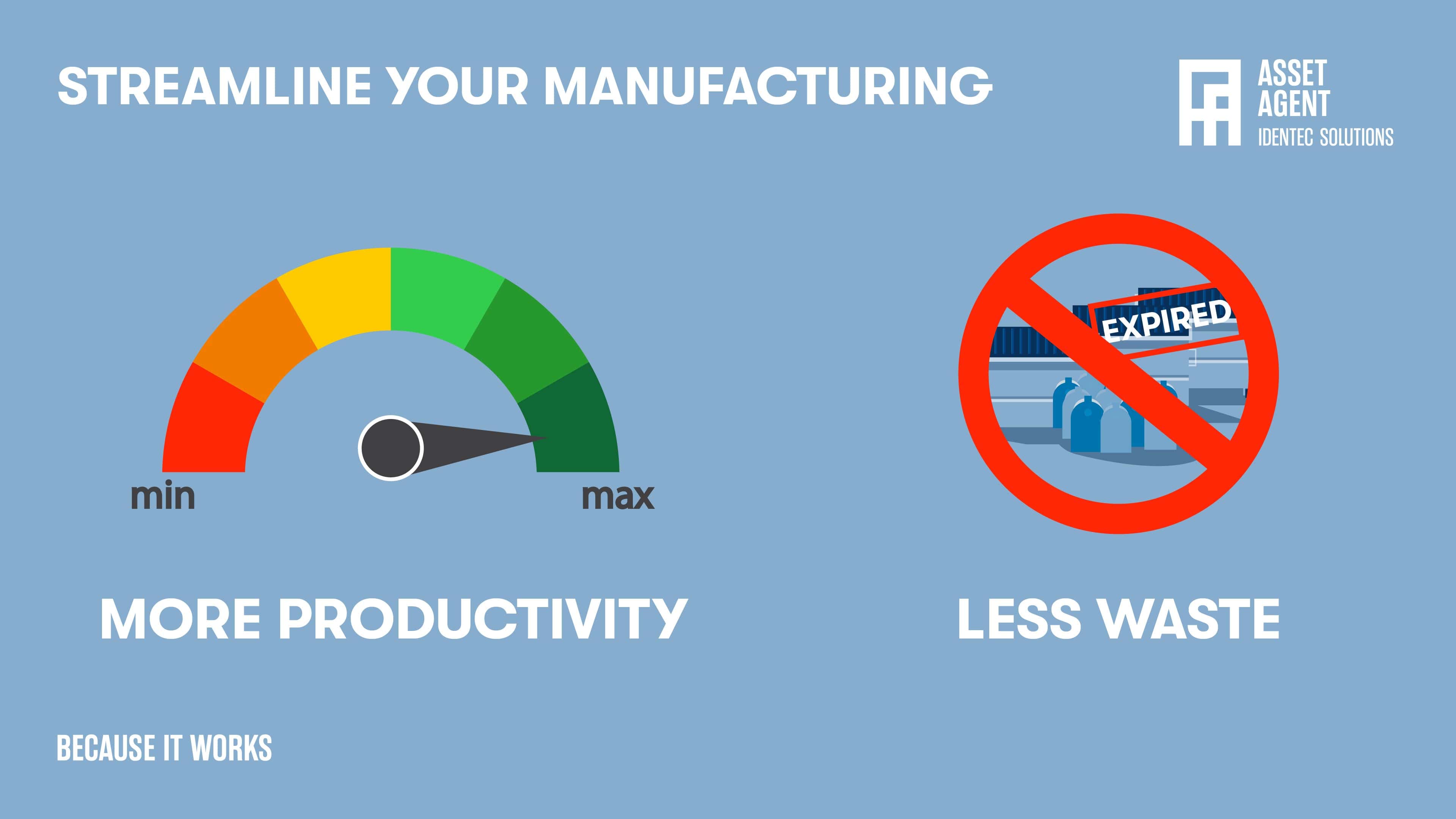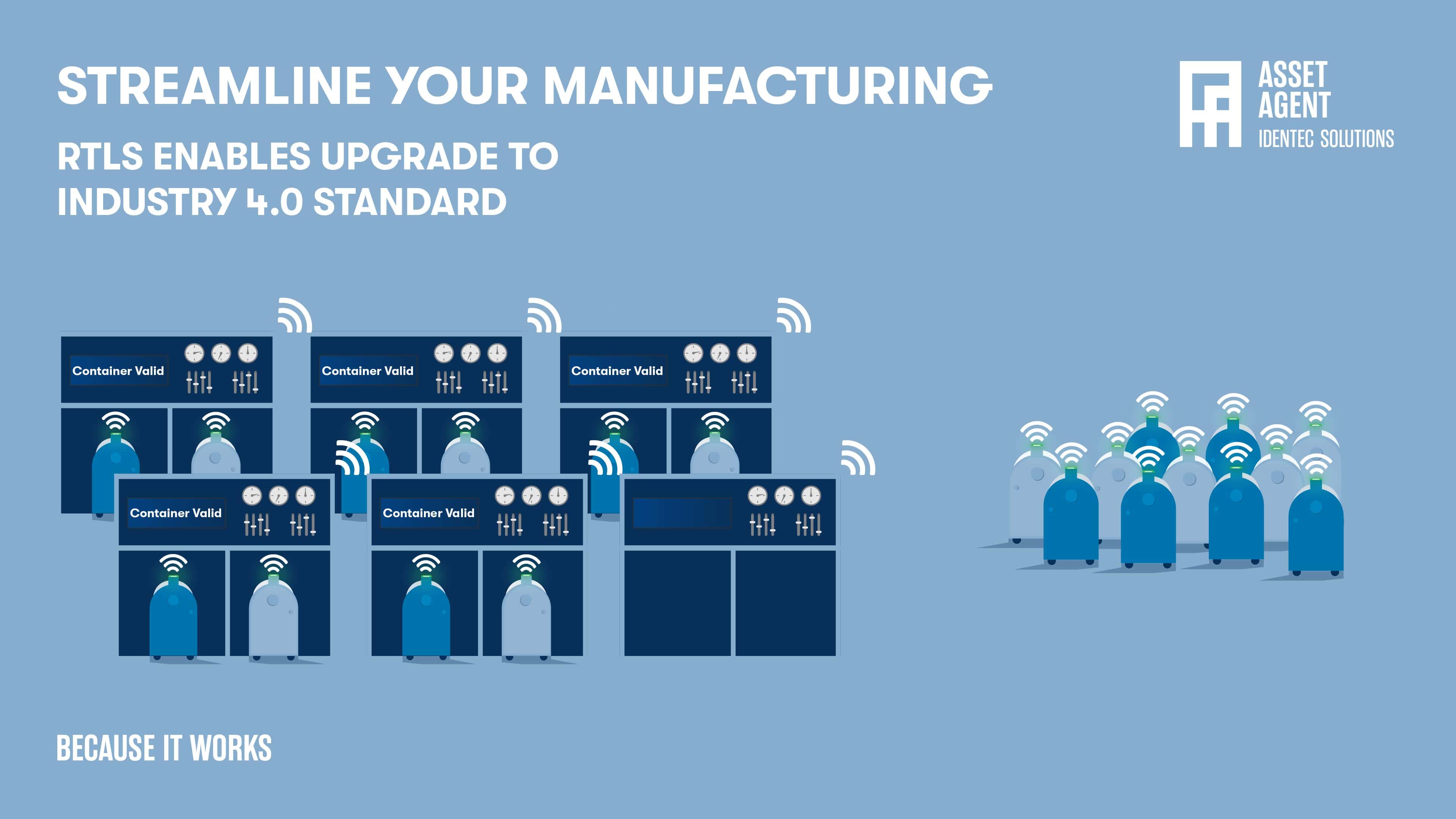How RTLS Solutions Can Streamline Your Factory Production Processes
| Written by Mark Buzinkay
In today's increasingly competitive manufacturing landscape, factories need to maximize efficiency and optimize production. One way of achieving this is through the use of real-time location systems (RTLS). RTLS solutions enable managers to identify and track the progress of assets such as machines, tools, parts, and personnel in real-time, providing an accurate overview of operations that can be used to make informed decisions about resource allocation.
In this article, we will discuss how an RTLS solution can help streamline your factory production processes. We will explore the benefits of an RTLS system and offer tips on how to get started.

No video selected
Select a video type in the sidebar.
Post outline
- What is RTLS?
- Benefits of RTLS for Production Processes
- Consider Your Needs and Goals
- Research Different Solutions on the Market
- Make a Decision and Implement the System
- Conclusion: Streamlining Factory Production with RTLS Solutions
Do you want to understand RTLS technology? Download our RTLS eBook, no registration needed!
What is RTLS?
Real-time location systems (RTLS) are used to automatically identify and track the location of objects in real-time, usually within a building or other contained area. RTLS is used in process improvement efforts by automatically tracking and time stamping the progress of assets through a process. This allows managers to gain an accurate overview of their operations at any given moment to optimize the production process. Because of the potential for many industries, RTLS is booming.
The Real-Time Locating Systems (RTLS) market was expected to register a Compound Annual Growth Rate (CAGR) of 25.1% during 2018-2028. In 2022, the market was valued at USD 3,6 Billion and is expected to reach USD 12.7 Billion in 2026. According to Cisco, 500 billion devices are expected to be connected to the Internet by 2030. Furthermore, with the increasing trend of IIoT and wearable devices, organizations can quickly get more things done, boosting productivity and delivering insight for better user experiences (1).
An RTLS system typically consists of several components: tags, readers, and software. Tags are small devices that are attached to different items or personnel that need to be tracked; these tags emit signals which can then be detected by readers installed throughout the facility. The data collected by the readers is sent to a centralized server where it can be analyzed and used to gain an overview of operations. This data can then be used to inform decisions about resource allocation, staffing levels, and production scheduling.
Overall, RTLS systems offer a number of benefits to factories looking to improve their production processes, including better data accuracy, improved visibility, and increased efficiency. In addition, with an RTLS system installed, managers can get a clear overview of their operations and make informed decisions about how best to allocate resources in order to optimize production.
What are Benefits of RTLS for Production Processes?
The primary benefit of an RTLS system is its ability to provide visibility into the production process. By tracking the location and progress of assets in real-time, managers can get an accurate overview of their operations at any given moment. This data can be used to identify areas where resources are being misallocated or processes that could be improved upon. It also allows managers to quickly deploy resources when needed, ensuring that the right personnel and materials are available when needed to keep production running smoothly and efficiently.
In addition to providing better visibility into the production process, RTLS systems also allow for more accurate and timely data. This can be invaluable in ensuring that the right resources are allocated to the right tasks, as data can be collected and analyzed quickly to inform decisions. This improved accuracy also helps to reduce costly mistakes such as mislabeling or incorrect parts allocation, which can lead to significant delays in production.
Finally, RTLS systems can help factories achieve greater efficiency by reducing the amount of manual tracking and paperwork that needs to be completed. By automating the tracking of assets, managers no longer need to track each item's progress through a process manually; this saves time and reduces labour costs associated with manual data collection.
Overall, an RTLS system provides a number of essential benefits for factories looking to streamline their production processes. From improved visibility into operations to more accurate data collection and reduced manual labour costs, RTLS systems can help factories optimize their production processes and increase efficiency. The main driver for the popularity of RTLS solutions in factories is the high return on investment (ROI).

Consider Your Needs and Goals
Before investing in an RTLS system, it is important to consider the specific needs and goals of the factory carefully. Many factories have different processes that require unique solutions, so managers should consider what they want their RTLS system to accomplish. This includes understanding which assets need to be tracked and determining whether active or passive tags are most suitable for their particular environment. Additionally, companies should consider the size of the facility that needs to be monitored and make sure that the chosen solution can cover all areas within it.
Once these considerations have been taken into account, factories can start researching potential solutions on the market based on their needs and goals. By taking a proactive approach and doing thorough research before making any decisions, managers can make sure that they are investing in the right RTLS system for their factories.
Overall, before investing in an RTLS system, factories should take the time to consider their needs and goals in order to make an informed decision. Companies can ensure that the chosen system fits their specific needs and budget by researching potential solutions beforehand. With careful consideration, factories can maximize their ROI from an RTLS solution and improve efficiency within their production process (learn more about why using RFID for asset tracking).
Solutions on the Market
When considering installing an RTLS system, factories have a variety of solutions to choose from. Many different vendors offer various products that may be suitable for use in a factory environment, including active and passive tags, fixed-location readers, mobile readers, and asset-tracking software. Each of these components offers its own set of features and benefits, so it is vital to do research in order to find the right solution for your needs.
Active tags are typically more expensive than passive tags but offer better data accuracy since they continuously emit signals that fixed or mobile readers can detect. Fixed-location readers are typically installed at certain positions to detect the signals of active and passive tags, while mobile readers can be used to detect tags while in motion. Asset tracking software is then used to analyze the data collected by the readers and provide an overview of operations.
I asked Christian Aadal, Product Manager of Asset Agent and an expert on RTLS, about the need to integrate RTLS into an existing system. "The aim here is to explore the operational strategy behind the deployment of the RTLS within the customer's business framework," states Christian Aadal. He explains that this assessment determines whether the RTLS will function independently or be synchronized with the existing ERP system.
"The integration aspect is crucial," Aadal emphasizes, as it dictates the level of data exchange and coordination between the RTLS and other business processes managed through the ERP. He gives an example: "Integrating RTLS with ERP could allow for real-time asset tracking information to be directly linked with inventory management, procurement, and logistics planning within the ERP system, enhancing overall operational efficiency and data accuracy."
On the other hand, Aadal notes that a standalone RTLS might be simpler to implement and could be suitable for more specific, localized tracking needs. He explains, "The choice between standalone or integrated systems depends on various factors like the scale of operations, the complexity of tracking requirements, and existing IT infrastructure."
Overall, there are a variety of solutions on the market that factories can choose from when looking to improve their production processes with RTLS technology. With careful research and analysis, managers can find the right solution for their needs that will help them optimize their production process and increase efficiency.
Extended read: RFID and RTLS - Why you need RFID for RTLS

Implications of Using RTLS
The use of RTLS systems in a factory setting has both positive and negative implications. On the one hand, the improved visibility and accuracy offered by RTLS systems can help factories optimize their production process and increase efficiency. This leads to cost savings as managers can better deploy resources when needed and reduce costly mistakes.
On the other hand, implementing an RTLS system in a factory setting does come with certain risks. For example, there is a risk of data breaches due to malicious actors obtaining access to private information stored within the system. Additionally, the use of RFID tags or fixed readers may require regulatory approval depending on local laws and regulations. Factories must familiarize themselves with these potential implications before investing in an RTLS system.
Overall, while implementing an RTLS system may present certain risks, it also offers many potential benefits. By taking the time to research and understand the implications of using RTLS, factories can make sure they are making an informed decision when it comes to installing a system in their factory.
Maintenance Requirements
Aside from choosing the right solution for your needs, proper maintenance is also essential if you want to get the most out of your RTLS system. Depending on the type of solution chosen, there may be specific tasks that need to be performed on a regular basis in order to maintain correct performance. For example, active tags may require periodic recharging or replacement in order for them to continue functioning correctly. Additionally, fixed readers should be tested regularly to ensure that they work correctly and provide accurate data.
Proper maintenance also extends to the software side of the RTLS system. Managers should ensure that all software is kept up-to-date and that any patches or updates are applied promptly. This helps to ensure that the system remains secure and functioning correctly for a longer period of time.
Finally, it is important to review the data collected by your RTLS system regularly to identify any potential problems or issues that may arise over time. By being proactive with maintenance and monitoring performance, factories can ensure their RTLS system continues working as expected, and they get the most out of their investment.
Proper maintenance is essential when implementing an RTLS system in a factory setting.

Making a Decision and Implement the System
When it comes to deciding to implement an RTLS system, there are a few key considerations to keep in mind. First and foremost, managers must determine if the benefits of installing such a system outweigh the costs associated with it. This requires careful research and analysis to find the best solutions for their particular situation. Additionally, factors such as ease of use, scalability, data accuracy, and maintenance requirements should be taken into account when evaluating different systems (read more: 14 things to consider when implementing a real-time location system).
Once a decision has been made on which solution is best suited for the factory's needs, it is time to begin the implementation process. Depending on the complexity of the selected system, this could involve setting up hardware components such as readers or tags as well as configuring any necessary software. It is vital to ensure that all elements of the system are properly installed and configured, as any mistakes during this process can lead to unexpected results down the line.
After the installation is complete, it is time for testing. This should include both functionality tests to verify that all system components are working correctly and data accuracy tests to ensure that readings obtained by the RTLS system are accurate. Once all tests have been completed and any necessary adjustments made, the system can be considered ready for use.

Takeaway
Real-time locating systems (RTLS) offer many benefits for factories looking to optimize and streamline their production processes. From increased efficiency to cost savings, these systems provide a range of advantages that can help any factory stay ahead of the competition and make the transition to industry 4.0 standards.
However, when considering an RTLS system, it is essential to do thorough research and evaluate the needs and goals of the factory in order to make an informed decision. Additionally, proper maintenance should be taken into consideration in order to get the most out of the system and ensure that it continues working correctly for a longer period of time.
By taking all these factors into account, factories can invest in the right RTLS solution for their needs and achieve greater success with their operations.
Dive deeper into one of our core topics: Real time locating system
Glossary
Return on Investment (ROI) is a financial metric used to evaluate the efficiency or profitability of an investment. It is calculated by dividing the net gain from an investment by its initial cost and expressing the result as a percentage. ROI helps compare the returns of various investments, guiding decision-making. A high ROI indicates greater profitability. However, it does not account for time, risk, or external factors influencing returns. (2)
References:
(1) https://www.mordorintelligence.com/industry-reports/real-time-location-system-market
(2) Bodie, Z., Kane, A., & Marcus, A. J. (2018). Investments. McGraw-Hill Education.
Note: This article has been updated on the 29th of July 2025. It was partly created with the assistance of artificial intelligence to support drafting.

Author
Mark Buzinkay, Head of Marketing
Mark Buzinkay holds a PhD in Virtual Anthropology, a Master in Business Administration (Telecommunications Mgmt), a Master of Science in Information Management and a Master of Arts in History, Sociology and Philosophy. Mark spent most of his professional career developing and creating business ideas - from a marketing, organisational and process point of view. He is fascinated by the digital transformation of industries, especially manufacturing and logistics. Mark writes mainly about Industry 4.0, maritime logistics, process and change management, innovations onshore and offshore, and the digital transformation in general.

